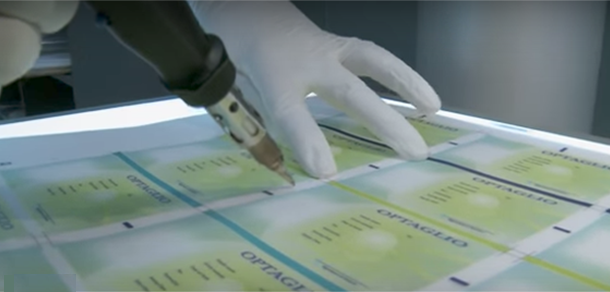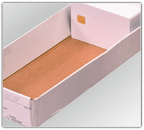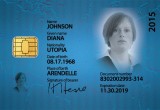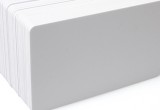Optaglio document security features protect IDs with polycarbonate
20 September, 2017
category: Corporate, Government
In the ever growing battle of PVC vs. polycarbonate for secure ID production, Optaglio announced that it has shipped document security features for some 20 million polycarbonate ID cards, passports and driving licenses in the first half of 2017. This is an increase of 30 percent compared with the same period in 2016. The volume of deployment of document security features for advanced card materials is another signal that the use of polycarbonate for secure IDs is growing.
Composite cards producers can surprise us and renaissance of PVC cannot be ruled out. However, at this moment, polycarbonate is the king
Most of this Optaglio production goes to companies that print secure documents in Asia and Europe. “This year Optaglio also [will start to] offer application machines so that the clients can perform [the] entire production process in-house,” says the company, based in the Czech Republic.
The growth in distribution of Optaglio’s advanced card materials comes as more governments are issuing polycarbonate cards, or paper documents that include a polycarbonate page. The company provides document security features that make it much more difficult for criminals to counterfeit identity cards. The trend to polycarbonate documents will continue, with “most market analysts” saying that by 2022, “only a few nations will insist on entirely paper-based documents.”
Better document security helping to swing the PVC vs. polycarbonate debate
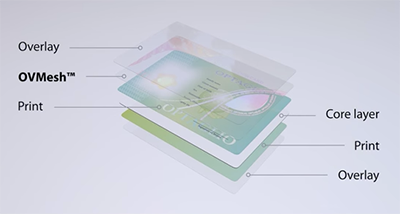
A polycarbonate layer is a main feature in Optaglio’s OVMesh product line. That line integrates “security holograms into polycarbonate cards to create a single polycarbonate unit without any heterogeneous adhesive.” During card lamination, melted polycarbonate flows between holograms that consist of thousands of tiny pieces, the company says—essentially, the card becomes like a sandwhich. That means that any criminal trying to alter the card by removing its document security features would destory the hologram. And once laminated, OVMesh cards can undergo laser engraving either on the OVMesh itself or the layer below.
The 30 percent first-half growth in Optaglio shipments of advanced card materials does not mean that the PVC vs. polycarbonate battle has been won. Nor does it mean polycarbonate will see no threats to its popularity, says Dr. Tomáš Karenský, senior research manager at Optaglio. “The market moves fast,” he says. “Composite cards producers can surprise us and renaissance of PVC cannot be ruled out. However, at this moment, polycarbonate is the king. We do not expect a change in the forthcoming years.”

